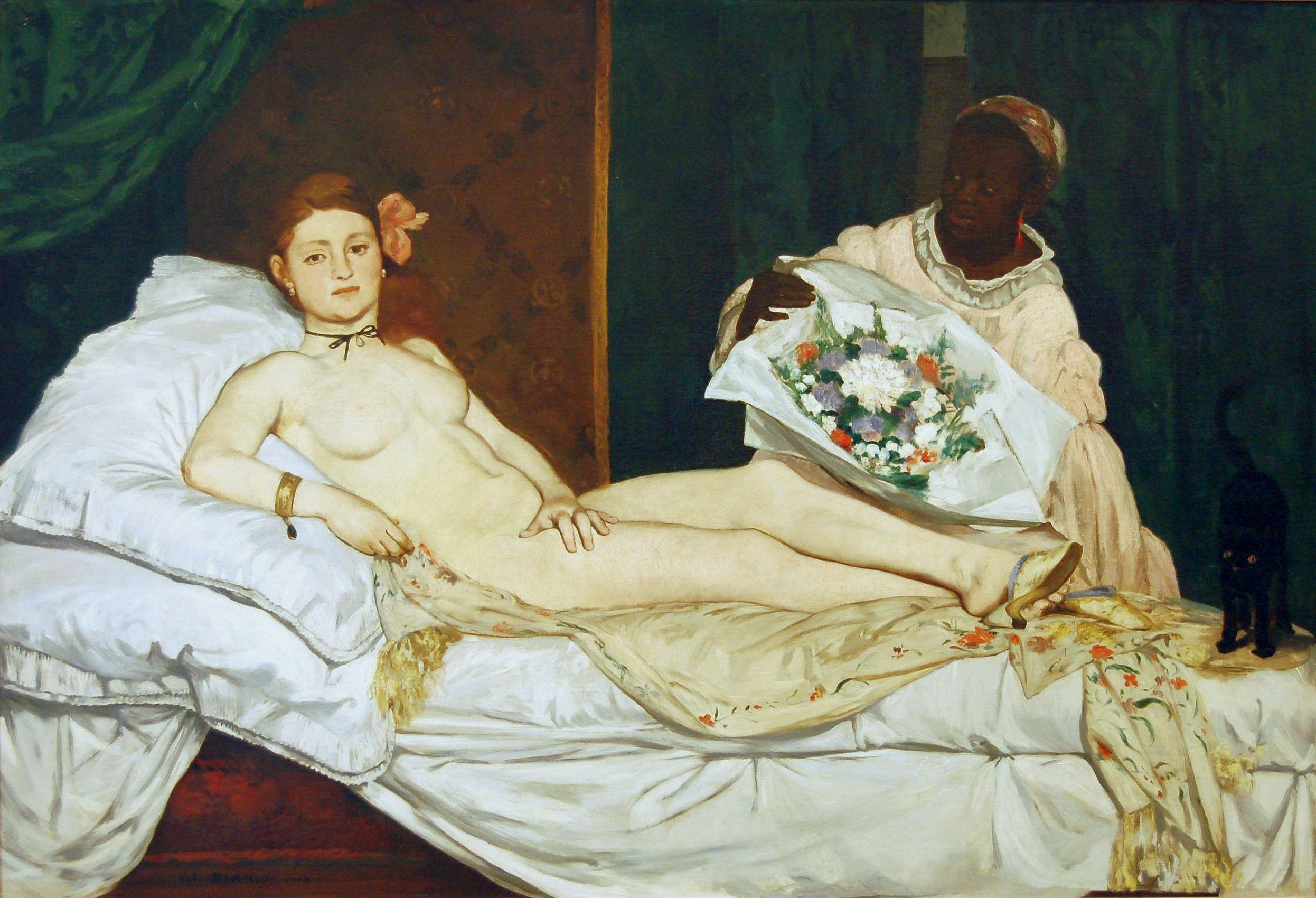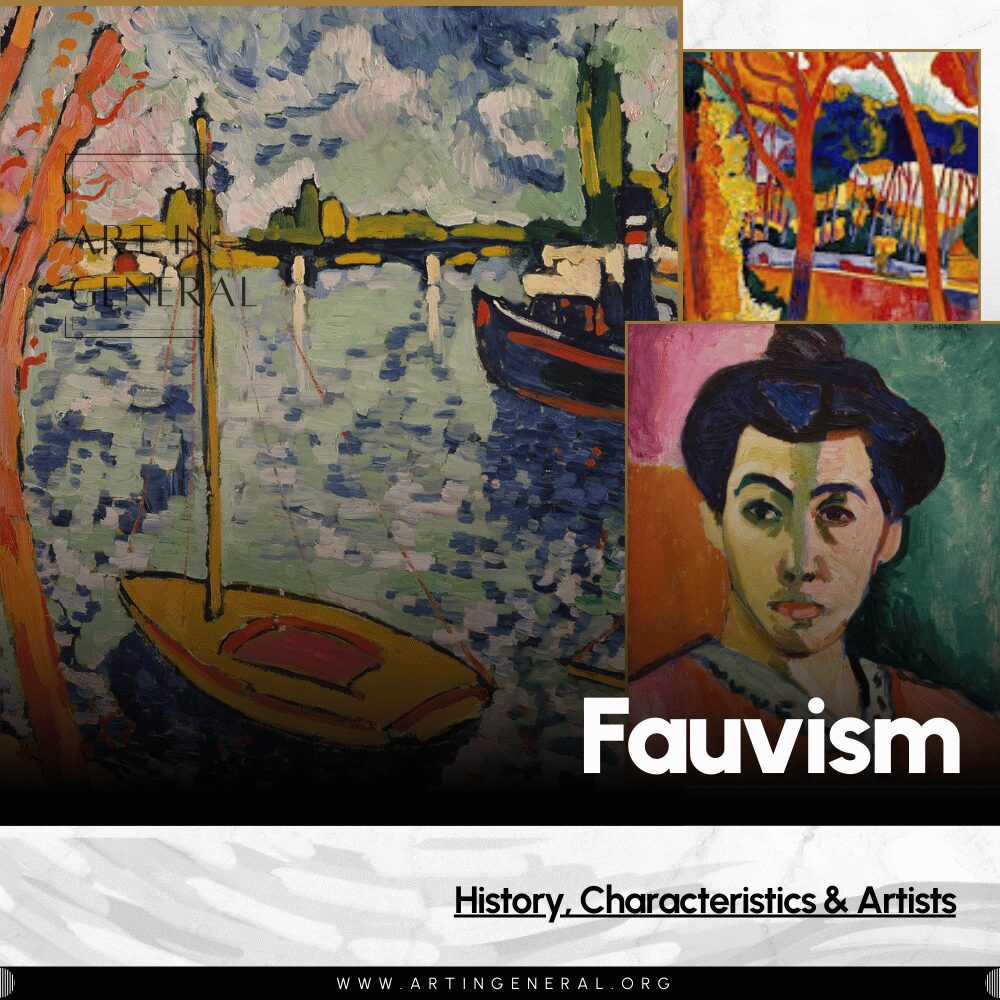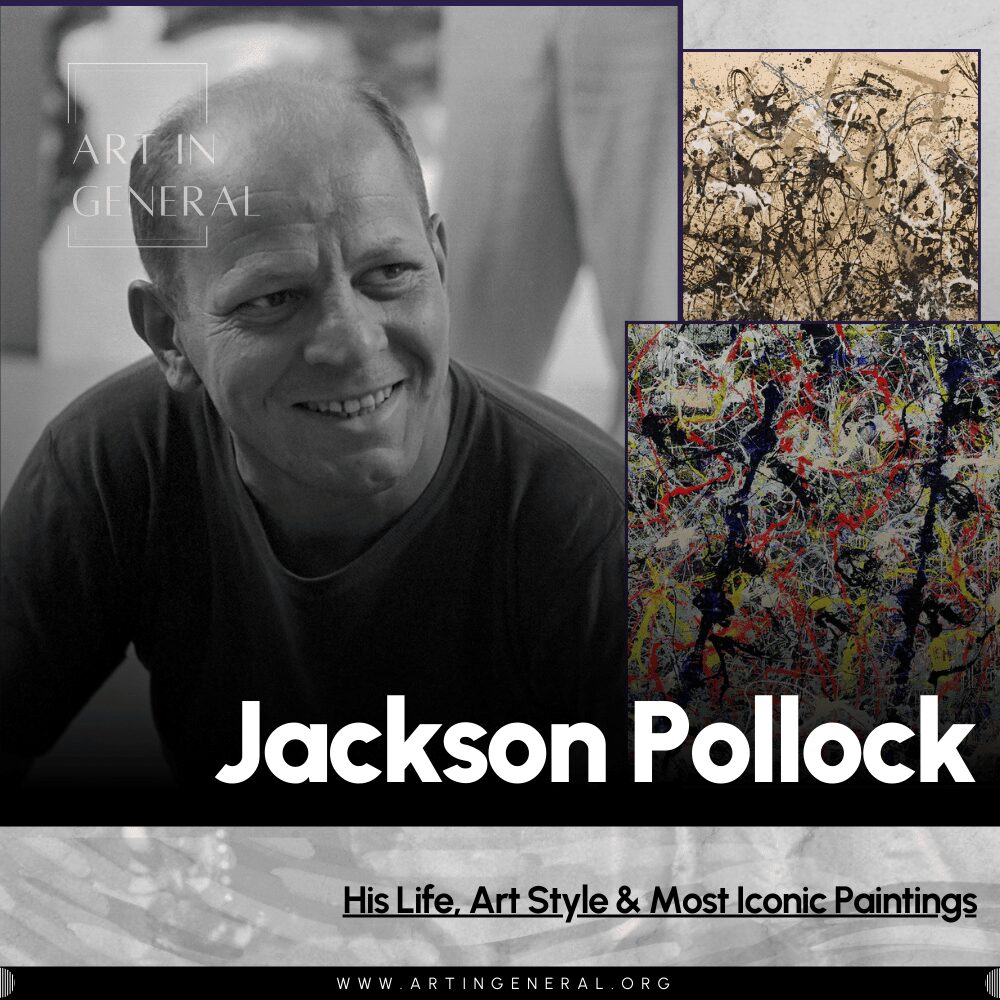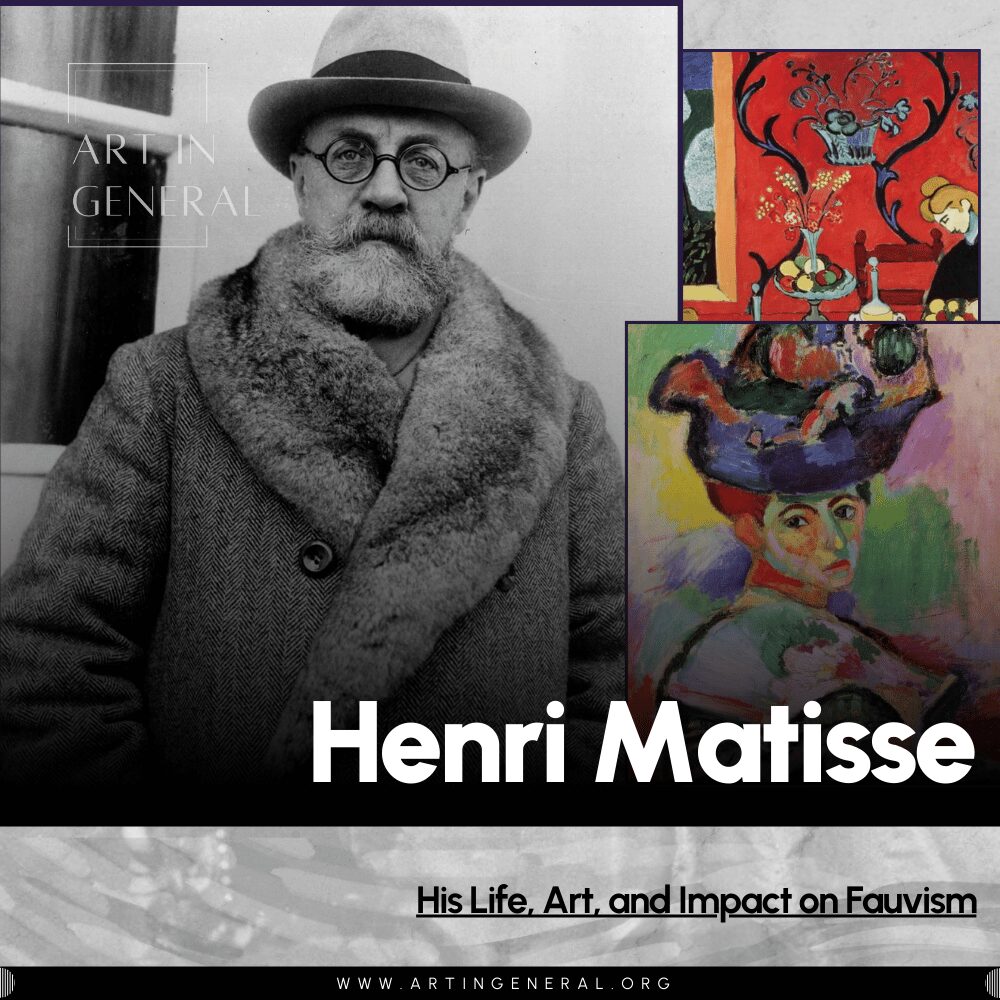When I first stood in the Sistine Chapel, I couldn’t stop staring at Michelangelo’s Last Judgment. The ceiling glowed with movement, the hundreds of figures twisting and reaching, half in heaven, half in chaos, it was quite an experience. Then I noticed something odd: a few of them had little painted loincloths that didn’t quite match the rest. Later I learned those were added decades later. That it was censorship, brushed over art.
That moment stuck with me. If even the Sistine Chapel wasn’t safe from editing, what hope did other artists have?
It made me wonder: why do some paintings get banned or censored, and what does that really say about us?
Banned Masterpieces: A Short History
Censorship in art isn’t new. For centuries, artists have had their work covered, hidden, or taken down for challenging religion, politics, or morality.
Let’s look at four paintings that caused outrage but eventually became classics:
- Michelangelo’s The Last Judgment
- Caravaggio’s Death of the Virgin
- Manet’s Olympia
- Picasso’s Guernica
Each one angered someone powerful, and each survived anyway.
Michelangelo’s The Last Judgment (1536–1541)

When Michelangelo finished this fresco for the Vatican’s Sistine Chapel, it shocked almost everyone.
Over 300 figures (many completely nude) filled the wall in a chaotic vision of salvation and damnation.
One church official complained that it looked more like “a painting for public baths than for a chapel.” Soon after, the Church ordered “modesty drapes” to be painted over the genitals and backsides of saints and angels.
Artist Daniele da Volterra was hired to cover them up, earning the nickname Il Braghettone “the breeches maker.” Some of those fig leaves remain today. Ironically, those clumsy cloths are now part of the painting’s story and real proof that even censorship can’t erase the power of art.
Caravaggio’s Death of the Virgin (1606)

Caravaggio didn’t paint holiness the way his patrons wanted. His Virgin Mary was real, pale, barefoot, lifeless. According to stories, he even used a prostitute as the model.
The church that commissioned the painting refused to display it, calling it indecent and disrespectful. Death of the Virgin was removed immediately and replaced by a safer, prettier version.
Today, that same painting hangs proudly in the Louvre, celebrated for its honesty and emotion. What was once “too human” for the Church is now one of Caravaggio’s most respected works.
Manet’s Olympia (1865)

When Olympia debuted in Paris, the reaction was explosive. Manet’s model wasn’t a mythological goddess, she was a prostitute staring right back at the viewer, calm and unapologetic.
Crowds at the Salon shouted insults. Critics called the painting “vulgar” and “immoral.” The uproar got so bad that guards had to stand next to it to keep people from destroying it.
But Olympia wasn’t about shock for its own sake. Manet was showing Paris what it didn’t want to see: its own hypocrisy about sex, class, and women.
As writer Émile Zola defended him: “When our artists give us Venuses, they lie. Manet asked himself, why lie?”
By 1890, France had bought Olympia for its national collection, making another win for art vs society.
Picasso’s Guernica (1937)

Picasso painted Guernica after the Nazi bombing of a Basque town during the Spanish Civil War. The monochrome mural screams with pain: a dying horse, a mother holding her dead child, the chaos of war.
Spain’s dictator Francisco Franco hated everything it stood for. Picasso refused to let the painting return to Spain until democracy was restored. So for decades, Guernica stayed abroad, mostly at MoMA in New York, effectively banned in its own country.
Even later, censorship followed. In 2003, a tapestry version at the United Nations was covered by a curtain during a U.S. press briefing about the Iraq war, because standing in front of Guernica made the message too obvious.
Try to hide the truth, and you only prove its strength.
Why Do We Censor Art?
Looking at these stories, the pattern is clear.
Art gets censored when it threatens someone. Be it their beliefs, their power, or their comfort.
Power
Religious and political leaders censor art that questions their authority. Michelangelo’s nudes challenged the Church’s control; Franco feared Picasso’s painting would expose his crimes.
Morality & Desire
Societies often ban what they secretly struggle with. Manet’s and Caravaggio’s works forced viewers to face the body of something many called “indecent” but really just made them uncomfortable.
Truth
And sometimes, art tells a truth too painful to hear. Guernica shouted the horror of war. Olympia revealed a social double standard.
As George Bernard Shaw once said, “All great truths begin as blasphemies.”
Censorship is proof of art’s power.
If people want to cover it, it’s because it touched a nerve.
From Gallery Walls to Algorithms
Censorship didn’t disappear. It just moved online.
Social media platforms often remove or hide classic art because of automated filters. In 2018, Belgian museums protested when Facebook blocked ads showing Rubens’ baroque nudes. The algorithms saw “pornography,” not painting.
Other examples include:
- Facebook banning the Napalm Girl war photo for nudity.
- Instagram removing images of Courbet’s Origin of the World.
These decisions aren’t moral debates, they’re mistakes made by code that doesn’t understand context or intent.
This kind of censorship is quieter and harder to notice. A post just doesn’t show up. A painting simply doesn’t reach anyone’s feed. And yet, the pattern is the same as ever: when art makes people (or systems) uncomfortable, it disappears from view.
Art, Truth, and Memory
Standing in front of Guernica again not long ago, I thought about all these moments when people tried to silence art. To silence us.
Picasso once said, “Painting is not made to decorate apartments. It’s an offensive and defensive weapon against the enemy.” Manet told the truth about women’s lives. Caravaggio showed the divine in death. Michelangelo painted faith through the human body. And Picasso turned grief into resistance. Each of them proved that even when art is banned, its message doesn’t die. It echoes louder because someone tried to shut it up.
So if you ever see a painting that once got censored, stop and really look at it.Art that was once banned reminds us why freedom of expression matters, and why telling the truth through art will always be worth the risk.





Leave a Reply